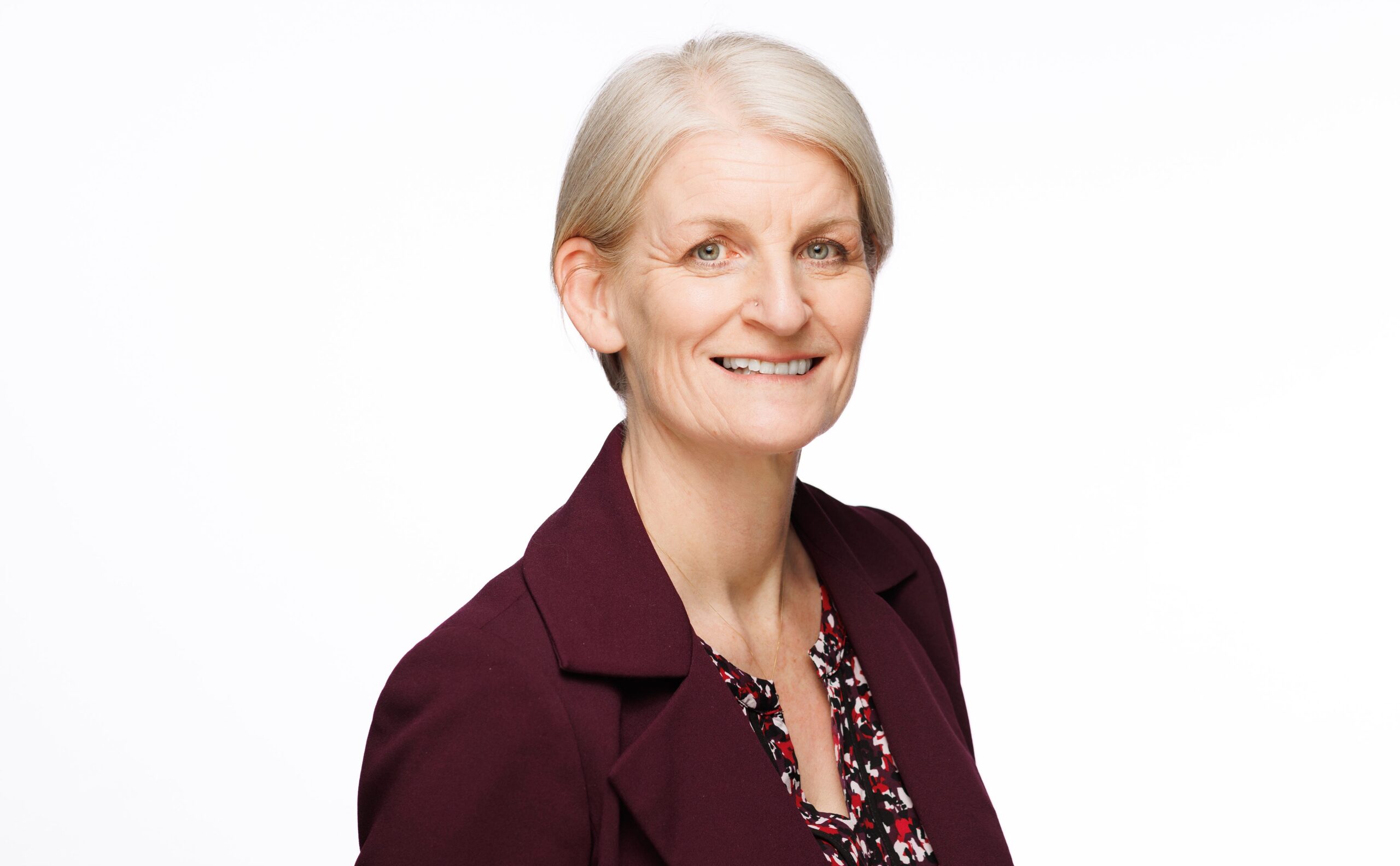I veckans blogg får vi följa med på Skottlands resa mot mer tillgänglig, samordnad och personcentrerad vård och omsorg. Läs och kommentera gärna det Donna Henderson, från Scottish Government / NHS NSS, skriver.
Trevlig läsning!Som vanligt står skribenten själv för innehållet i inlägget. Kommentera gärna på vår hemsida eller i sociala medier.

Health and Social Care Integration: Scotland’s Journey
Donna Henderson, Head of International Engagement, Directorate for Health and Social Care Finance, Digital and Governance, Scottish Government / NHS NSS
Health and care integration in Scotland has undergone significant developments over the years. The introduction of the National Health Service (NHS) in 1948 marked a crucial milestone in the provision of healthcare services in Scotland. The NHS aimed to provide universal access to healthcare services, but it became clear over the ensuing years that a more integrated approach was needed to address the complex health and social care needs of the population.
One of the major milestones in health and social care integration in Scotland came in 2002, with the publication of the “Report of the Joint Future Group” which played a pivotal role in shaping the direction of health and care integration in Scotland. The report made 43 recommendations – the main recommendations included:
- Formation of Joint Health and Social Care Partnerships: These partnerships would be responsible for joint planning and decision-making to ensure better coordination of services.
- Pooling of resources: pooling health and social care financial resources to create a more flexible and efficient funding system.
- Integrated assessment and care management: the development of integrated assessment and care management processes to ensure seamless and coordinated assessment (of health and care needs) and care planning.
- Single points of access: to simplify access to services to make it easier for individuals to navigate the healthcare and social care systems and receive appropriate care.
- Better co-ordination of services: to avoid duplication of effort and provide more efficient care.
- Person-centered care: focus on the individual’s preferences, needs and goals, ensuring that care was tailored to their unique circumstances.
- Training and workforce development: for health and social care staff to help them acquire the skills and knowledge needed to work together effectively.
- Engagement of service users and carers: involving service users and their carers in the planning and delivery of care services.
- Improved data sharing and information systems: the development of integrated information systems to facilitate information sharing and decision-making by health and social care professionals.
- Outcome measurement: the establishment of clear outcome measures to assess the effectiveness of integrated care and services.
The report’s recommendations served as the foundation for future reform initiatives over the next 12 years, all aimed at improving the integration of health and social care services.
The integration process gained momentum with the passing of the Public Bodies (Joint Working) (Scotland) Act in 2014. This legislation mandated the formal integration of health and social care services and led to the creation of 31 Health and Social Care Partnerships (HSCPs) that are now responsible for managing almost £9 billion of health and social care resources.
Since the 2014 Act came into force in 2016, we have seen that integrated care offers many benefits, for citizens, health and care providers, and the health and care system, however, its implementation has posed significant challenges that we are still working to address, including:
- Cultural shift: changing the mindset and culture of health and care providers and organisations to embrace collaboration, and coordination can be a slow process.
- Information sharing: effective information sharing among different health and care providers requires robust technology infrastructure and data privacy safeguards.
- Funding and resources: adequate funding and resources are essential to support the development and maintenance of integrated care systems and service delivery.
- Regulatory and legal barriers: navigating complex regulatory and legal frameworks can be a barrier to seamless collaboration among health and care organisations.
As we look to the future, health and care integration in Scotland remains work in progress. The Scottish Government continues to invest in integration and seek innovative solutions to provide person-centred care that is accessible, efficient and responsive to the diverse and evolving health and care needs of its citizens.
In conclusion, the history of health and social care integration in Scotland is marked by a gradual evolution towards a more coordinated and person-centred approach over many years. From the establishment of the NHS in the 1940s to the formal integration of health and social care services through the passing of legislation in 2014, Scotland has demonstrated that it is wholly committed to the integration agenda, in the firm belief that integration improves the wellbeing of its citizens. Nevertheless, challenges persist and efforts to address these challenges are ongoing to ensure that integration continues to deliver better outcomes for all.
Background:
Scottish Government – general information on integration – Health and social care integration – Social care – gov.scot (www.gov.scot)
About Donna Henderson:
In her role as Head of International Engagement, Donna leads the Scottish Government’s Digital Health and Care International Engagement Team. The Team’s objectives are to enhance Scotland’s reputation as a leader in digital health and care, facilitate knowledge exchange between other countries and regions and promote economic opportunities for Scotland.
Donna has co-ordinated EU research and innovation projects since 2012, including the SCIROCCO and SCIROCCO Exchange projects that developed a maturity assessment tool for regions to assess the readiness of their health and care systems for the adoption of integrated care. She was also Chair of the European Innovation Partnership on Active and Healthy Ageing (EIPonAHA) Action Group on Integrated Care from 2015 to 2018.
She is President of the European Health Telematics Association (EHTEL), a Director on the HIMSS Board of Directors and Chair of the HIMSS EMEA Telehealth Community.